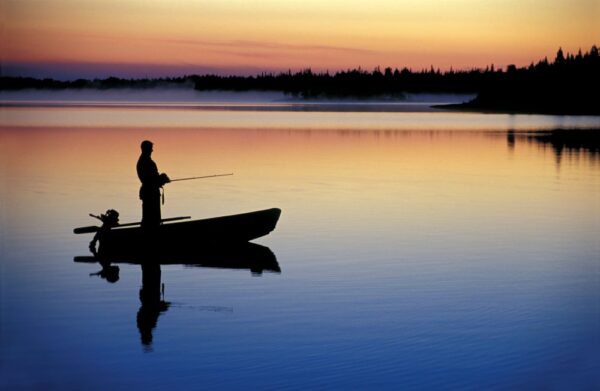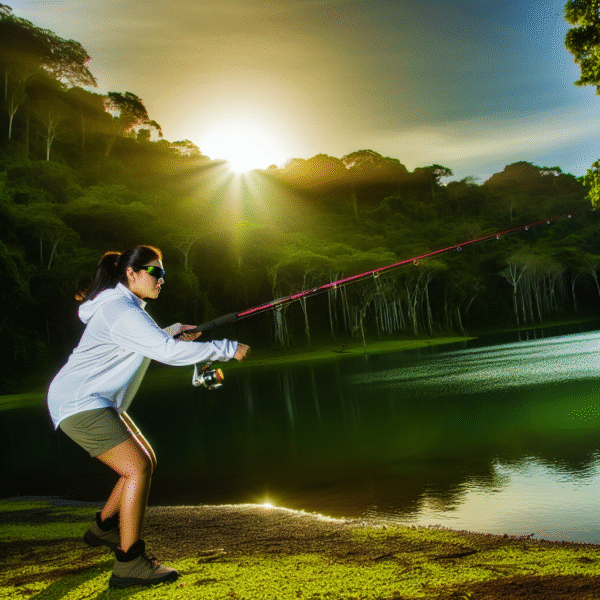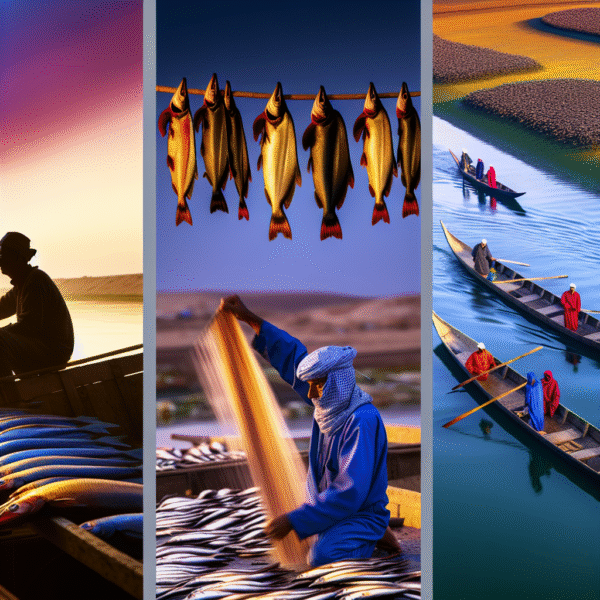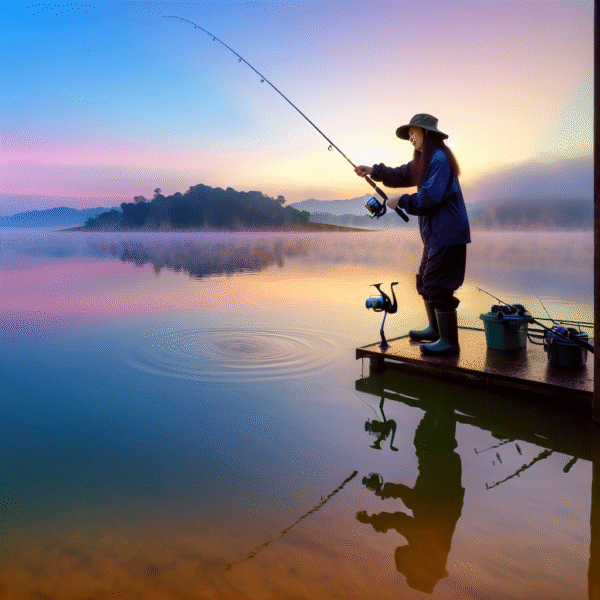Why Building Your Own Fishing Boat Is the Ultimate Adventure
Building your own fishing boat is the ultimate adventure for anglers seeking fulfillment both on land and water. The process of designing, crafting, and launching a custom vessel adds an entirely new dimension to outdoor recreation. Whether you’re exploring South Carolina’s tidal creeks or Minnesota’s Boundary Waters, creating a boat tailored to your needs results in a more personal and rewarding fishing experience.
This hands-on journey deepens your connection to regional craftsmanship, offers an enriching solo or family project, and grants unmatched access to remote angling spots. Beyond utility, building your own fishing boat tells a story—one built with sawdust, epoxy, and a love for the water.
Choosing the Right Type of DIY Fishing Boat
When building your own fishing boat, selecting the right type is the first crucial step. The ideal design reflects the water you fish, your experience level, and the species you’re after. Here are three popular DIY boat types suited for different conditions:
- Jon Boats: These flat-bottomed boats are excellent for calm lakes and slow rivers. They’re beginner-friendly, with many aluminum and plywood plans available online.
- Canoes and Kayaks: Perfect for solo travelers or couples, cedar strip canoes are lightweight and beautiful. Great for rivers like Texas’ Guadalupe or the lakes of northern Minnesota.
- Skiffs: Coastal anglers can benefit from building flats skiffs. They’re ideal for shallow saltwater flats in Florida and the Gulf Coast but require more technical skill.
Pro tip: Visit local marinas or tackle shops—such as Bubba’s Tackle Shack in Beaufort, South Carolina—to understand which boat types and designs match your region’s challenges and fishing conditions.
Gathering Tools, Materials, and Plans
Once you’ve chosen your design, it’s time to collect your materials. Fortunately, building your own fishing boat doesn’t require exotic equipment. In fact, many supplies are already in your garage. Essentials include:
- Marine-grade plywood for strength and water resistance
- Epoxy resin and fiberglass cloth for sealing and durability
- Hand and power tools such as saws, drills, sanders, clamps
- Marine coatings like paint or varnish for UV and water protection
- A detailed construction plan or full kit for your chosen design
Top sources for boat plans include Duckworks and Glen-L. Visitors to Portland, Oregon can check out the Columbia River Maritime Museum for historical context and classes on wooden boat building.
Connect with local Facebook groups or forums like Wooden Boat People to share progress, ask questions, or find reclaimed marine lumber. These online communities often offer real-time advice and insider tips.
Workspace and Safety: Setting the Stage
Building your own fishing boat requires a clean, flat, and ventilated space. Garages, carports, or temporary backyard shelters work well. Organize sections for cutting, assembly, and epoxy work. Good lighting is essential for accurate measurements and safe handling of tools.
Don’t overlook safety. Use gloves, eye protection, and a respirator—especially when working with fiberglass or epoxy resin. Ideal workspace temperatures range from 70–80°F for proper resin curing. If you’re on the move, consider membership at regional maker spaces. Facilities like The Foundry in Bellingham, Washington offer shared tools, mentorship, and community support.
Building a boat can also double as a family summer project. Kids can assist with sanding, painting, or decorating. Their involvement makes the experience educational and builds lifelong skills and pride.
Construction Milestones and Must-Know Techniques
Building your own fishing boat involves several key stages. With patience, attention to detail, and basic skills, you’ll soon see your vessel take shape. Here’s a proven sequence to follow:
- Frame Construction: Use marine-grade lumber and keep all joints square. Check measurements multiple times to ensure accuracy.
- Hull Assembly: For stitch-and-glue builds, join panels with copper wire or zip ties, then seal seams with thickened epoxy fillets. This efficient method is perfect for beginners.
- Fiberglass Application: Lay fiberglass cloth over the hull and brush or roll on resin in small sections. Take care to eliminate air bubbles for a smooth finish.
- Finishing Work: Use non-slip coatings like KiwiGrip on deck areas. Paint schemes can reflect your personal style and boost visibility on the water.
- Fishing Outfitting: Add rod holders, built-in tackle trays, cooler wells, and anchor systems. Thoughtful layout enhances usability and storage.
Want to refine your skills with expert guidance? Enroll in a seasonal workshop at the WoodenBoat School in Brooklin, Maine. You’ll learn hands-on methods in a beautiful coastal setting that inspires craftsmanship.
Testing and Launching Your Homemade Vessel
Once completed, your boat needs a safe float test. Choose calm, accessible waters like Lake Junaluska in North Carolina or Lake d’Arbonne in Louisiana. These family-friendly spots offer public ramps and beautiful scenery.
Steps to test and launch successfully:
- Inspect all seams and joints after launch to check for leaks
- Evaluate balance and handling with only light or moderate gear onboard
- Confirm fishing setup: test rod holders, bait access, and anchor deployment
- Always bring life vests, a whistle, floatation gear, and a simple repair kit
Invite family or friends to celebrate launch day. Picnics and shared memories add emotional value to the effort. In Washington, Lake Wenatchee State Park is perfect for live-testing handmade boats, complete with campgrounds and picnic shelters.
Where to Fish with Your Handmade Creation
Building your own fishing boat is only the beginning. The real reward comes when you hit the water and explore spots previously out of reach. Here are top destinations perfect for DIY vessels:
- Florida Keys Backcountry (FL): Pole your homemade skiff into quiet mangrove estuaries, ideal for sight-casting to snook and tarpon.
- Boundary Waters Canoe Area (MN): Paddle a cedar strip canoe across pristine lakes loaded with pike and trout. Portages are easier with a lightweight design.
- Ozark National Scenic Riverways (MO): Drift your jon boat through spring-fed creeks while targeting smallmouth under bluffside shade.
- Salmon River (ID): Reach steelhead runs and hidden coves using a shallow-draft craft you built yourself—adventure at its finest.
For everyday exploration, consider Clark Lake in Michigan’s Jackson County. The peaceful launch area, pine-lined shores, and community-run fish derbies make it beginner-friendly and welcoming. Locals often admire homemade boats and might share directions to lesser-known honey holes.
Your DIY Boat, Your Fishing Future
Building your own fishing boat is more than just construction—it’s a form of self-expression and a tool for lifelong memories. Whether done solo for personal satisfaction or with loved ones as a bonding experience, the benefits go beyond the water.
Begin today by sketching out ideas, researching local water conditions, and choosing a design that fits your skill level and fishing goals. As you shape wood and mold epoxy, you’ll shape new perspectives too. With each paddle stroke or rev of an outboard, you’ll know: this journey began with your own two hands.
From Louisiana’s cypress swamps to New York’s placid reservoirs, building your own fishing boat lets you navigate waters your way. Launch into waters unknown—and enjoy the satisfaction of fishing with a vessel that’s one-of-a-kind, just like your adventure.






